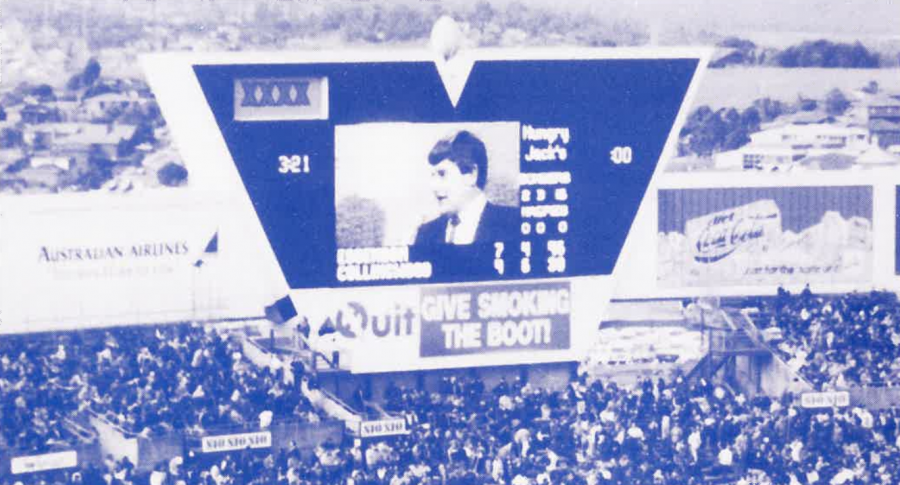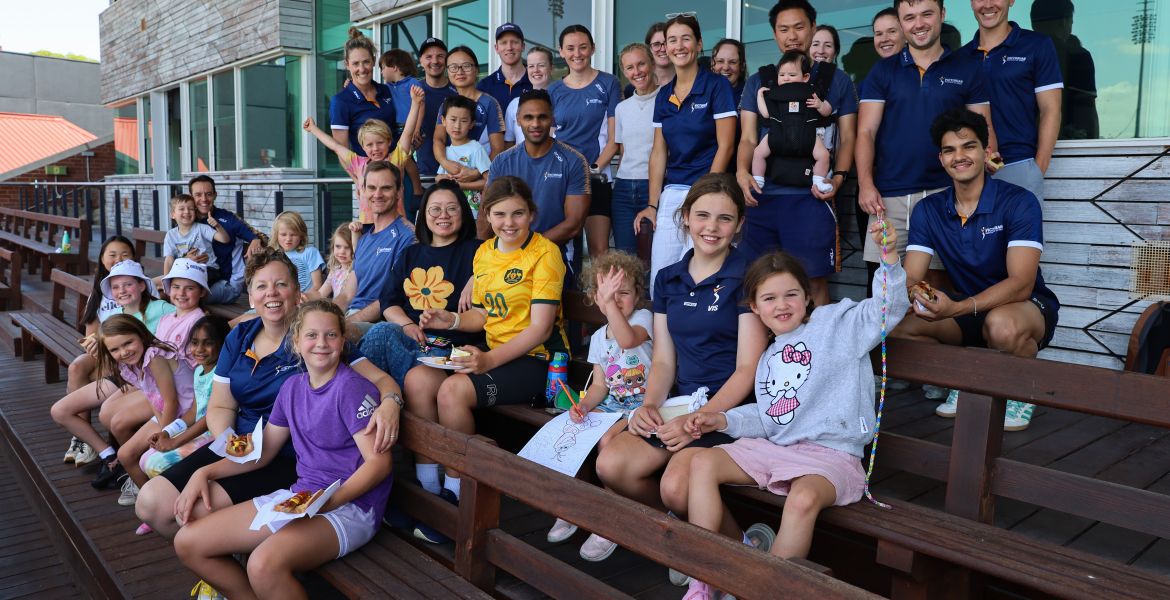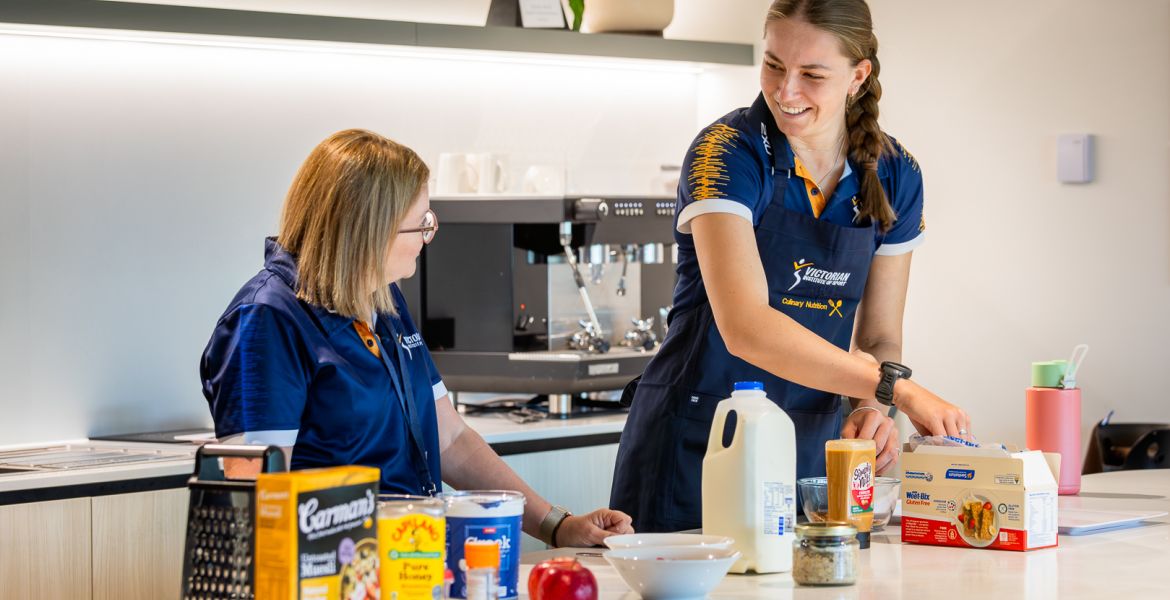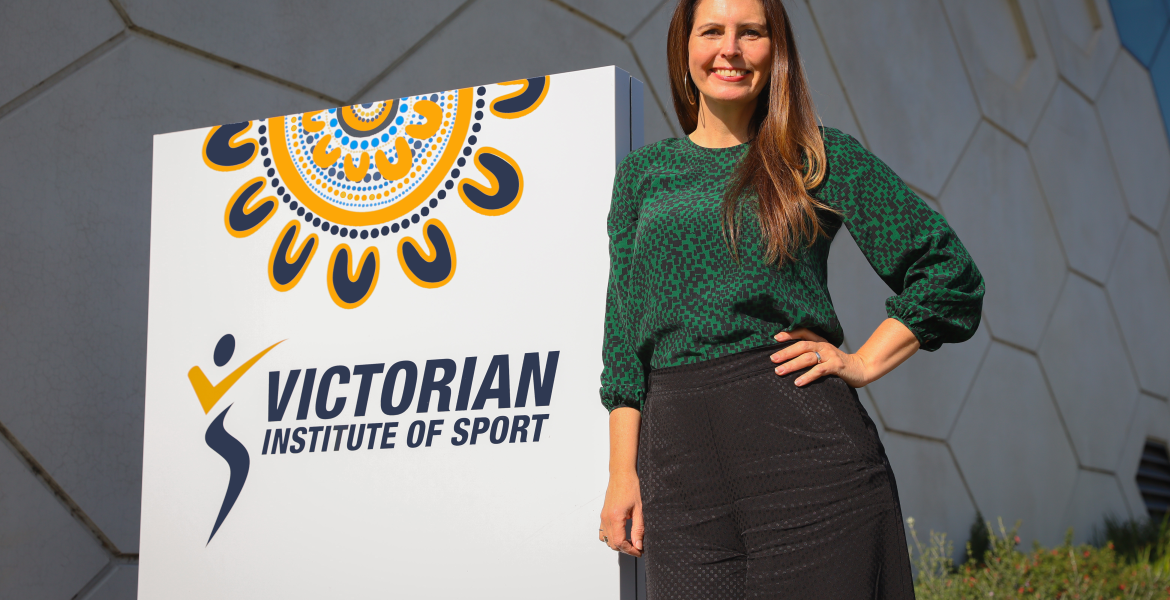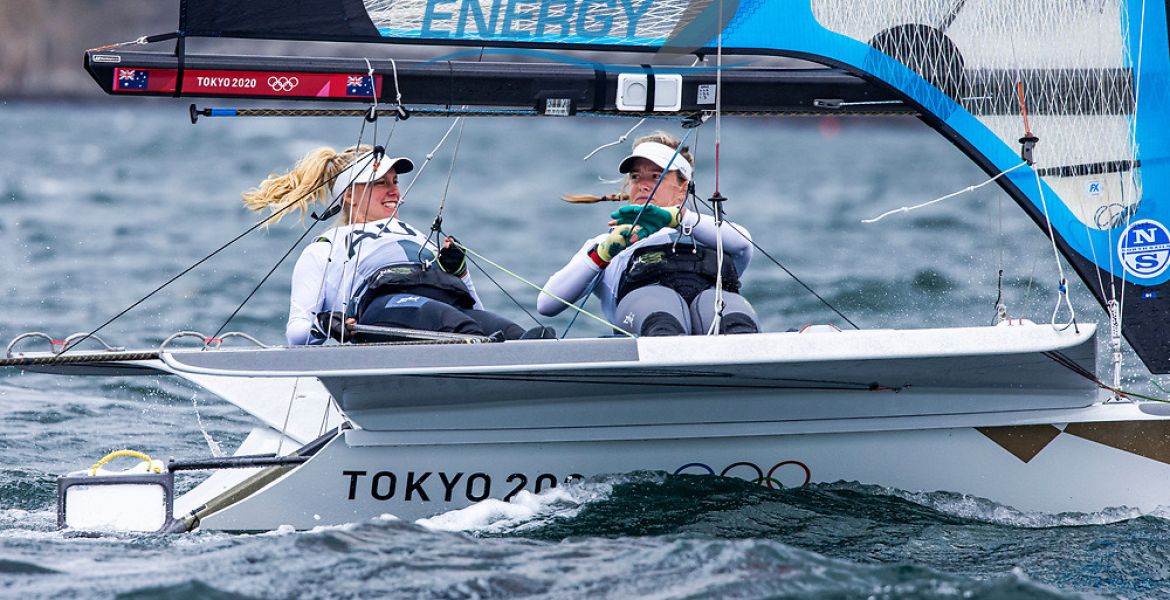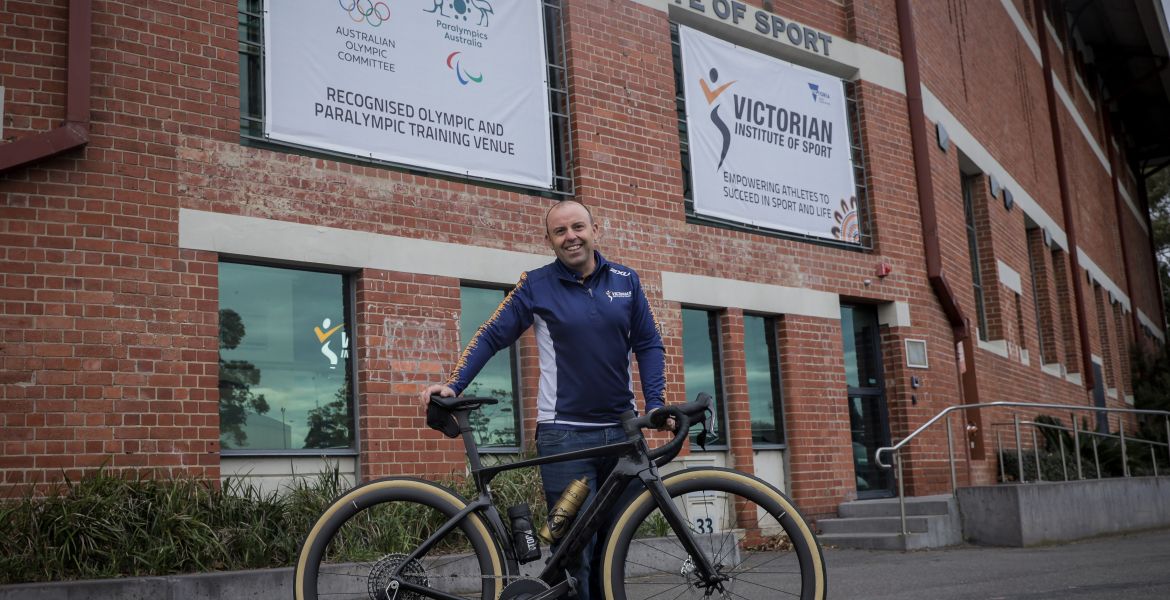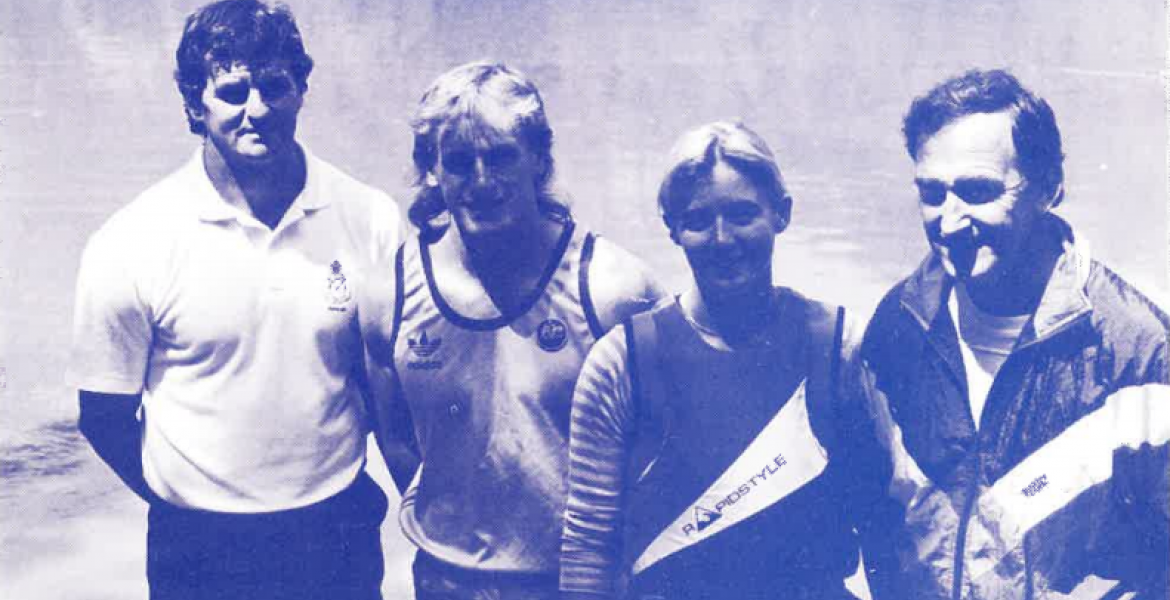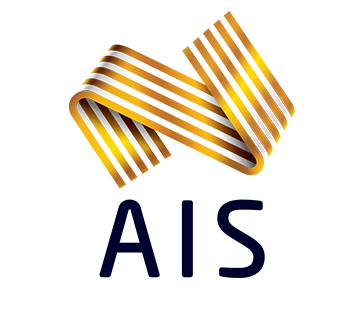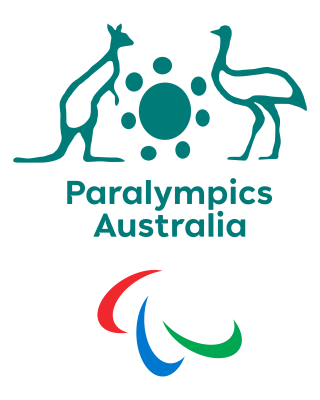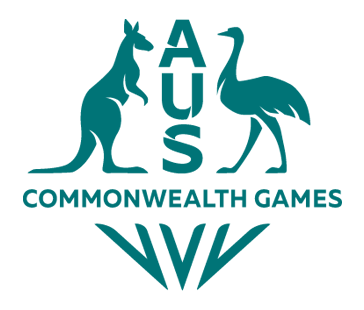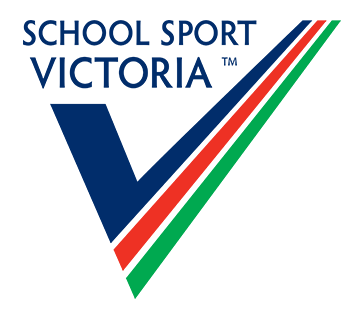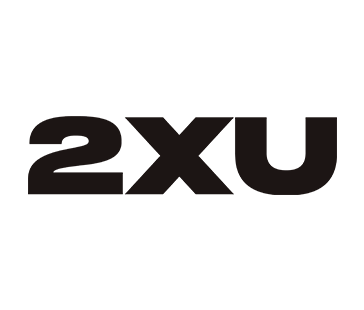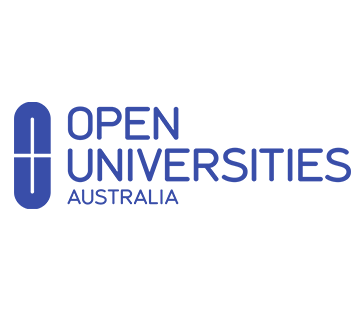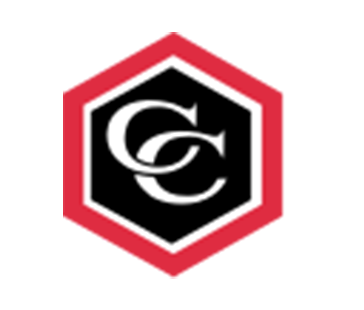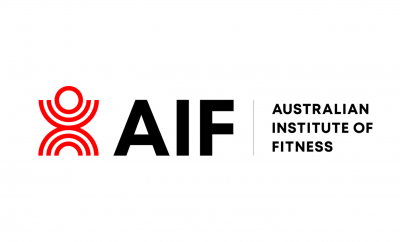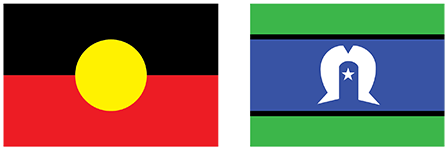“The Pinnacle” or now known as “Pinnacle Magazine” was first distributed in 1990, the same year the Victorian Institute of Sport was established.
"The Pinnacle" was initially produced as a resource to provide VIS updates as well as act as a forum for new information that was a value to coaches and athletes at all levels of sport. The publication was given it's title, due to the VIS centring talented athletes who are indeed at the pinnacle of their sport in the state and in many cases the world.
Below is the very first issue of "The Pinnacle" distributed in October, 1990.
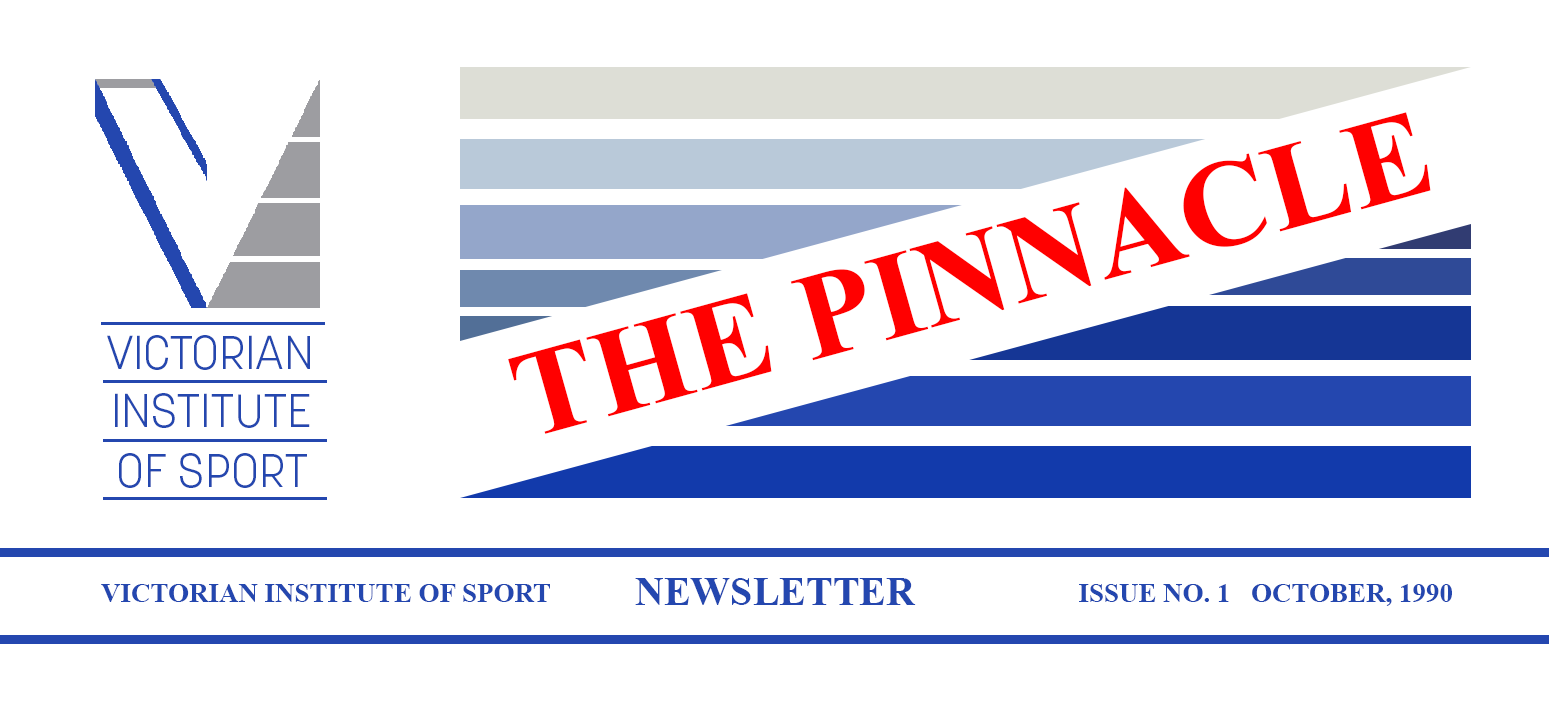
FROM THE CHIEF EXECUTIVE
Dr Frank Pyke
I have spent the last twenty years of my working life in Universities. Mind you it’s well known that I have always been attracted by the concept of Sports Institutes, but opportunity has never really knocked either at the right place. That is until early this year when I was asked to co-ordinate the development of the Victorian Institute of Sport. My first reaction to an Institute being established in Melbourne was very positive. What better place to run an athlete development program than in a city that patronises sports as passionately at this one? And so, it was with great expectation and confidence that my wife Janet and I came to Melbourne in June this year.
Now, after 4 months, I am certain that we have done the right thing. The co-operation from within sport has been overwhelming. It is clear that Victorian Sport desperately wants and need a VIS. Most athletes from this state don’t wish to dislocate to Canberra or Perth or Brisbane to improve their sporting capabilities. They want to do it right here in their own backyard, while at the same time fulfilling their career aspirations. During the initial stages of development of the VIS the support provided by the State Government has been very significant. Indeed, it was the initiatives of the Government, following the return of the athletes from the Seoul Olympics, that got the ball rolling.
Since that time interim staff from the Department of Sport and Recreation such as Ron Pengelly, John Appleby, and Mary Rizzo have worked extraordinarily long hours to put the VIS on the map. While Mary is continuing as my Secretary, Ron and John have now returned to the Department. On behalf of all members of the Board, I extend sincere thanks to each of them.
Lately we have made some excellence administrative and coaching appointments; people with the essential vision required to guide young athletes to success at the international level. Some of these athletes have big assignments in the next few months with the World Rowing and Swimming Championships, in particular being held in home waters in Tasmania and Perth respectively. However, when I visit the carious training venues there is an air of confidence among the athletes. They are systematically doing the hard work and rightfully expect to reap the rewards for their efforts. I am sure that all Victorians join with me in wishing them well.
And so, the VIS is alive and well. By retaining sight of its objectives to assist athletes with the best coaching available, quality sports science and medicine services, appropriate competitive opportunities and concurrent career development, the VIS will succeed. All that we can ask of athletes is that they maintain a hunger for success and don’t allow self-satisfaction to get in the way of progress. Personally, I am delighted to be involved with the Institute and look forward to working with the sporting community in Victoria to secure the future of the VIS as a prime mover in Australian and World sport.
Dr Frank Pyke was the inaugural Executive Director of the Victorian Institute of Sport (VIS) in 1990, a position which he held until 2006. During his tenure at the VIS he developed a number of programs and was respected by so many athletes and staff. In 2011 Pyke passed away several months after he was diagnosed with motor neurone disease.
In his honour, we now present the ‘Frank Pyke Achievement Award’ at our annual Award of Excellence evening, presented to an athlete who had a successful sporting career as well as making a significant contribution to the VIS and their sport, and most importantly been successful in their career path. The Award reflects the VIS motto, ‘Success in Sport and Life’ over the span of the athlete’s career.

PROFILE: PETER ANTONIE
World champion sculler Peter Antonie was introduced to Rowing as a 14-year-old at Xavier College in Kew. His first taste of success occurred 5 years later in the 1977 World Championships in Amsterdam when he won a silver medal as a member of the Australian lightweight four.
After not being re-selected in several national sweep oar crews he turned his attention to single lightweight sculling in 1980 and six years later claimed gold medals at the Commonwealth Games in Edinburgh and the World Championships in Nottingham, England. However, the pinnacle of success is reached at the Olympic Games and, as lightweight rowing is not part of that program, Peter added 10 kilograms to his body weight and became a heavyweight doubles sculler with his present partner, Paul Reedy. They finished a creditable 4th in the 1989 World Championships in Yugoslavia but are looking for something better in the 1990 World Championships in Tasmania later this month.
During the early 1980s Peter combined rowing with part-time work as a painter, driver and odd-jobs man. Between 1985 and 1987 he was dependent on rowing coaching and administration for the income required to support his desire to each the top of his sport. He is now employed as a Manager for Investment Services in the ANZ Bank area office in East Melbourne and is completing a bachelor’s degree in Business part-time at RMIT.
A day in the life of Peter Antonie requires time management and dedication. He trains 11 times a week, usually between 6.00 and 7.30 a.m. before going to work and then returning to the rowing sheds between 5.30 and 7.00 p.m. And then on 2 nights a week he attends night school. His reaction to this busy schedule is that he should have been attending to his career long before this. “You really need to chip away at these courses gradually. Part-time or even external study is the answer, and it is a matter of organising yourself properly to achieve success in both your sport and career”.
At 32 years of age Peter Antonie can not only look back with pride on his great achievements in Rowing but can look forward to fulfilling his dream of winning another World Championship and then an Olympic Gold Medal in Barcelona in 1992. And after that, he can be assured that he has a secure future in the field of financial planning and management. He is a great example of how to combine the often-competing interests of sport and career training.
Peter Antonie went onto to win Olympic gold with Stephen Hawkins in the men’s double scull at the Barcelona Olympics in 1992. He then made a third Olympic appearance at Atlanta in 1996 again in a double scull. In his whole career he won a total of twenty-nine Australian national championship titles.

OPEN-MINDED COACHING AT THE VIS
by Peter Spence, Program Manager
The introduction of the VIS should cause great excitement in the Victorian sporting community and provide an impetus to the performance of Victorian athletes. However, we must all realise that this is not going to happen automatically, merely because the VIS has come into existence. We have to make it happen.
The great opportunity which the VIS provides, is for our sports to work togethers and learn from each other. By working together, we are all encouraged to keep the mind open to innovations and to find something that works in another sport which may provide the necessary edge in our own sport.
Often, this broader thinking will produce results from previously unexplored sources. Recently whilst trying to unearth practises to develop explosive footwork for cricketers, I went to the most likely sources of information in Basketball, Soccer, Australian Football and Tennis, all with good results. However, it was the hitherto unexpected source of Fencing which gave me great help, following a chance meeting with the Fencing Coach at the South Australian Sports Institute.
This taught me a great lesson which, I feel we should follow:
Take every opportunity to look outside your sport, to find any edge which you can use.
A natural flow-on from this line of thinking, is the need to look to the future and to adopt modern techniques and technologies. Annual Planning and Quadrennial Planning has been proven in many sports over the year but is somewhat new in some circles. The need for varied activities and intensities of work to produce peak performance at desired times is unquestioned. Furthermore, it is essential in any intensive training program, to undertake a verity of work to assist motivation and allow for sufficient recovery time.
Whilst intensive training frequently increases the risk of overuse injuries, it is noted that Injury Prevention Programs have been successfully introduced in a number of sports. In the VIS, the systematic and regular appraisal of individual physical status of each athlete must be completed if the wasteful incidence of overuse injuries is to be reduced. Only then will intensive programming enable the considerable investment in athletic abilities to mature and produce a satisfactory dividend in terms of performance and results.
Perhaps the most important aspect of athlete development is to realise that each athlete must be treated as an individual, whether in an individual or team sport. Each athlete has different needs and responds uniquely to different training and management procedures.
We will always agree that our aim is to maximise performance potential and personal outcomes, so that at the end of the day, each athlete can say, “I have achieved to the best of my capabilities”.
We have failed to meet this objective if an athlete admits he or she has not achieved to potential, because of reasons within their personal control. Most of the factors which affect the ultimate achievement of each athlete are within the control of the individual. Thus, if personal success is to be achieve, each athlete must learn to control the controllable's in his or her life.
Finally, it must be remembered that in every athlete, there is a unique individual. We must commit ourselves to the complete development of an independent, self-confident and competent person, who can not only make his or her own decisions in training and competition but also in life after holding a VIS scholarship.
We must endeavour to ensure that these ideals of excellence are attained, for the individual benefit of all involved in the Victorian Institute of Sport and for the ultimate achievement of sport in this country.

SCIENCE AND MEDICINE AT THE VIS
by Dr Frank Pyke
The modern high-performance athlete is highly dependent on sports science and medicine programs. Coaches are called upon to prescribe individualised programs that develop the attributes of each athlete to meet the specific demands of the contest. This is based on the fundamental premise that no two athletes are identical. Hence scientific or systematic preparation of the individual athlete is preferred to the hit or miss preparation of training squads whose members are all treated in essentially the same way.
Sports science, therefore, firstly involves identifying the physical requirements of the sport. What importance should be placed on skill, fitness or metal development? Coaches must make accurate judgements on these weightings based on their own experience and the analysis of others. The next step is to identify the attributes of each athlete. Scientific tests are readily available to assess skill, fitness and mental factors. This can take the form of high-speed film or video analysis of technique, measurement of performance on various types of ergometers specifically designed to assess the fitness of the muscle groups involved in the sport and evaluation of the responses to psychological tests that indicate mental abilities in areas such as motivation, goal setting, judgment and concentration. Training programs can then be developed around the needs of each athlete.
Sports medicine focuses on injury prevention and treatment. Modern sport places heavy demands on athletes and often produces both acute and chronic injury and illness. In recent years medical science had made great progress in surgical techniques (For example, arthroscopy and joint reconstructions), rehabilitation methods (for example, electro and exercise therapy) and the diagnosis and treatment of sports-related injuries and illnesses (For example, stress fractures and anaemia). Consequently, athletes can be returned to their sport much earlier and with less chance of re-injury than previously.
It is now commonplace to see sports serviced by a number of medical and para medical experts such as physicians, physiotherapists, nutritionists and masseurs, each of whom plays a vital role in improving the response to training and hence the quality of performance.
While some traditionalists still tend to underrate the contribution of science and medicine to sport, they are, fortunately, becoming a threatened species. There is a growing band of athletes who have profited greatly from the involvement of modern technologies in their sport and now strongly emphasise their importance. This view will certainly be encouraged at the VIS. With the assistance of the Ballarat University College, Victoria University and Victoria College – Rusden, a full sports science service will be available to VIS athletes. This will be complemented by medical assistance from several excellent Sports Medicine centres available in Melbourne and throughout Victoria. If VIS athletes are to be competitive at the highest international level it is essential that scientific coaching methods and experienced medical support teams are utilised.

